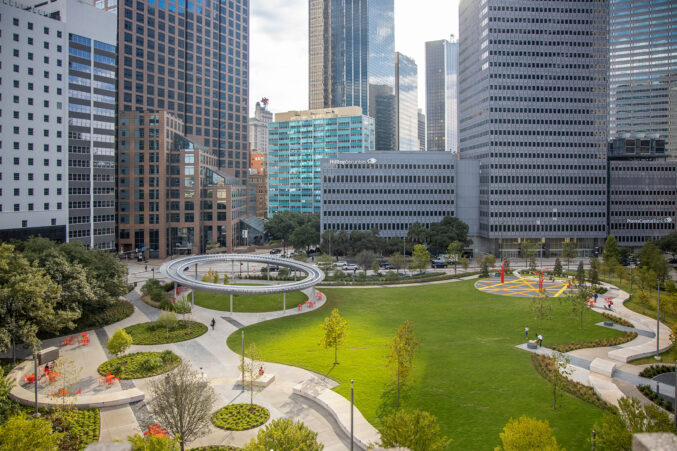 |
| FLY BOY: Dick Keyt claims his Polen Special has the fastest four-cylinder engine in the world. photography by Joshua Martin |
If Dick Keyt and Jack Zimmanck have their way, Dallas will become the birthplace of a new era in energy-efficient air travel.
Keyt, a captain at American Airlines, and Zimmanck, a Dallas business consultant, are partners in the Polen Company, named for the 1967 Polen Special, which set a world speed record and, according to Zimmanck, “At 320 miles per hour from a 180-horsepower motor, still stands as a model for doing more with less.” Keyt, who keeps the original Polen Special in a hangar attached to his home at an air park in Granbury, says that he’s logged more than 400 hours in it, spending “150 man hours for every flight hour” on maintenance. He makes all necessary replacement parts by hand.
It’s all in the cause of developing Stage3, the Polen Company’s new prototype aircraft, which Zimmanck says will serve as “a demonstration of how to optimize energy efficiency in terms of aerodynamics, propulsion, control, and noise pollution.” The stakes are high: Stage3 is one U.S. entry in a global race to create the aircraft engine of the future. Adding to the economic and environmental motivations is the fact that—besides emerging as huge air travel markets—both China and India are leapfrogging over present technology to build their fledgling aircraft industries around optimally efficient engines.
“The original Polen Special is a clear historical model of energy efficiency,” says Zimmanck. “It goes really fast with a really small motor.”
According to Keyt, the company has also created the Dennis Polen Educational Foundation “to address the shortage of talented engineers.” China and India, you’re on notice.





